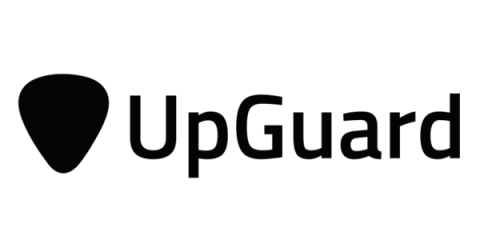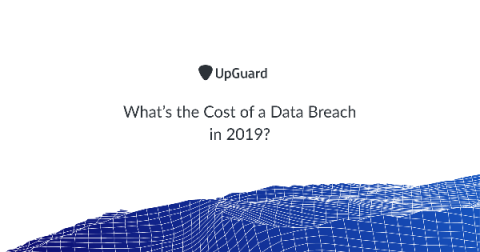Security | Threat Detection | Cyberattacks | DevSecOps | Compliance
%term
Why I decided to start a career in sales - Marko
Egnyte Rolls Out New Governance and Compliance Tools for the Remote-work Era
From the beginning, Egnyte was architected so that your content would not have to be “boxed in” to any one single environment, but rather can flow seamlessly up, down, side to side across multiple clouds. There are good reasons for this. Sometimes it makes sense for data to be miles away, while other times it needs to be closer to where users actually are (at the edge), or offline altogether.
Raising the Red Flag on the Insider Threat from Ransomware
There was nothing in particular that should have drawn attention to the two individuals sitting for drinks at the bar in Reno. Just two old colleagues catching up over some drinks. But if someone had paid close enough attention (and perhaps spoke Russian), then they might have overheard that one of the pair was attempting to recruit the other into what was possibly one of the biggest ransomware operations to date.
6 top risk factors to triage vulnerabilities effectively
Common Vulnerability Scoring System (CVSS) scores have been viewed as the de facto measure to prioritize vulnerabilities. Vulnerabilities are assigned CVSS scores ranging from one to 10, with 10 being the most severe. However, they were never intended as a means of risk prioritization. If you’ve relied on CVSS scores alone to safeguard your organization, here’s why you’re probably using them incorrectly.
Project Management Lessons Learned From Risk Management
PSPs vs. OPA Gatekeeper: Breaking down your Kubernetes Pod security options
Organizations are increasingly turning to Kubernetes, but they’re having trouble balancing security in the process. In its State of Container and Kubernetes Security Fall 2020 survey, for instance, StackRox found that 91% of respondents were using Kubernetes to orchestrate their containers and that three quarters of organizations were using the open-source container-orchestration system in production.
Emotet Bulletin
Historically targeting the financial sector, and first observed in 2014 as a banking trojan, Emotet remains an active and credible threat to organizations across all industries worldwide and, whilst retaining some core data stealing capabilities, has evolved to act as a downloader for secondary malicious payloads.
What is Fourth Party Risk?
Every company outsources parts of its operations to multiple suppliers. Those suppliers, in turn, outsource their operations to other suppliers. This is fourth party risk. The risk to your company posed by suppliers' suppliers. Confusing, isn't it? The best way to frame it with a case study, so please read on! You help look after Information Security at a manufacturing company. Your company has got a policy for everything, including the policy to regularly maintain all the policies.
What's the Cost of a Data Breach in 2019?
According to the 2019 Cost of Data Breach Report from Ponemon Institute and IBM Security, the global average cost of a data breach has grown by 12 percent in the last five years to $3.92 million. This was driven by the multi-year financial impact of breaches, increased regulation and the difficult process of resolving cyber attacks.











